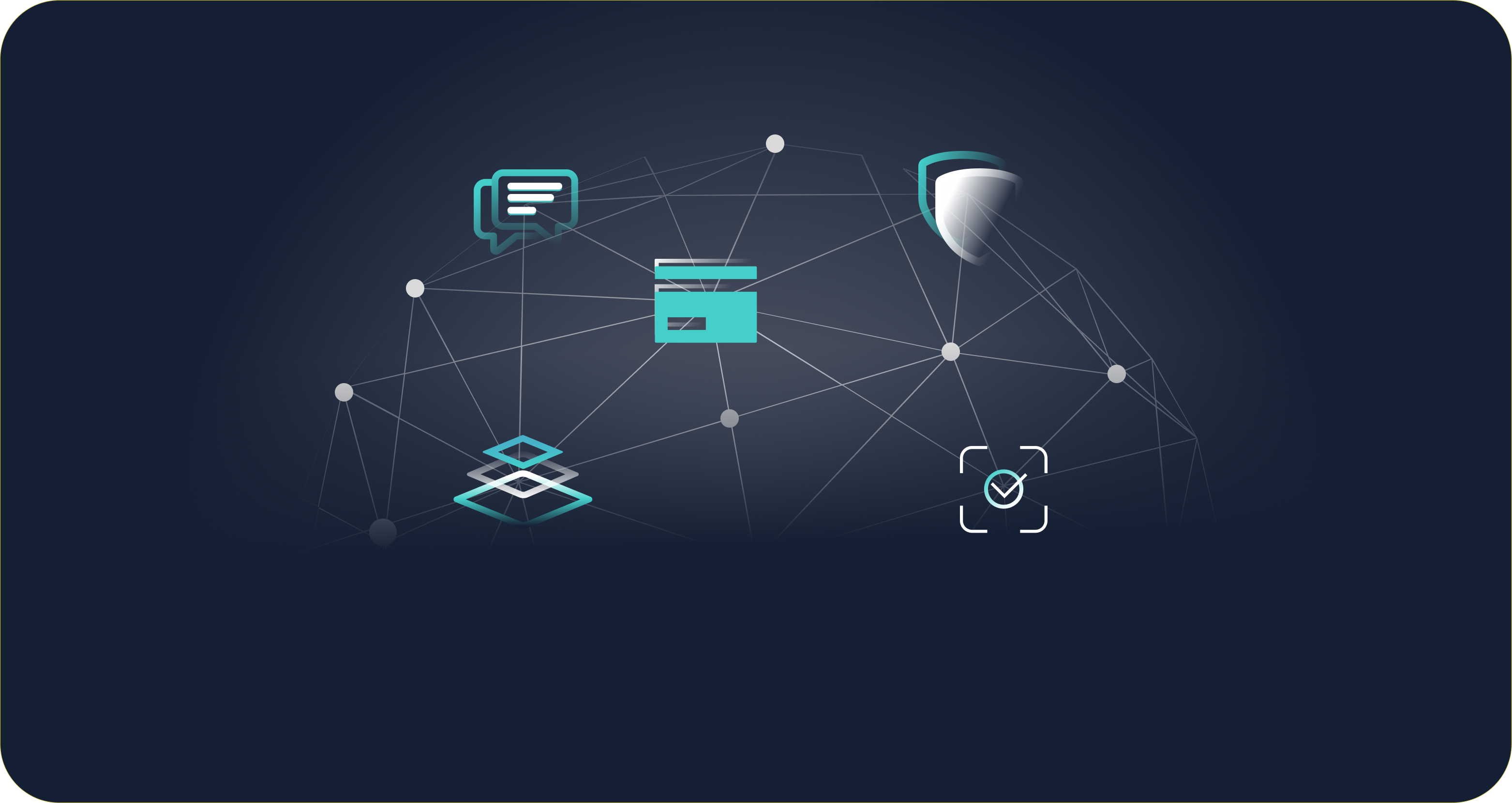Banks can win without leaving borrowers behind
The biggest U.S. banks had reason to crow about their most recent earnings results. JPMorgan Chase, Citigroup, and Bank of America all beat analysts’ revenue and profit forecasts. Loan volume grew, delinquencies waned and the U.S. economy, 11 years into its longest expansion on record, kept right on going.
Yet, a closer look at the numbers reveals a troubling trend: While borrowers with high credit scores enjoy even better access to loans, those with lower scores are being gradually shut out by the big banks.
Wells Fargo, the nation’s fourth-largest bank by assets, halved the portion of its consumer loans to people with FICO scores below 680, from 22 percent five years ago to just 11 percent today. The portion of borrowers with scores of 800 and higher jumped from 15 percent to 47 percent.
Some retrenching — tighter lending standards, fatter capital cushions — was clearly in order in the wake of the 2008 financial crisis. And regulators have had a heavy hand in pushing the big banks to tighten up their credit policies. But, in doing so, banks have moved to under-serving responsible borrowers with poorer or no credit histories, magnifying income inequality and potentially jeopardizing economic growth.
With the right tools, smoothing the overall distribution of credit can be done safely, boosting the economy and banks’ bottom lines even late into the business cycle.
Without access to affordable credit, younger consumers — many burdened by student debt and auto loans — are finding it harder to build wealth.
Since the crisis, most of the increase in home equity has benefitted older borrowers: according to the Federal Reserve Bank of New York, homeowners over age 60 held 41 percent of tappable equity in 2017, up from 25 percent in 2006. Homeowners under 45 saw their share decline from 24 percent to 14 percent. Starker still, the Federal Reserve notes, when Baby Boomers reached a median age of 35, they collectively owned 21 percent of the nation’s wealth; when Generation X hit 35, it held nine percent; and millennials, who will hit the median age of 35 in 2023, have just 3.2 percent.
That’s not how this story has to unfold.
Thanks to advances in artificial intelligence (AI), banks can offer more consumers better access to fairly priced loans while keeping default risk low. While traditional credit-scoring methods do a decent job at predicting ability to repay debt for borrowers with prime credit, advanced algorithmic scoring paints a far more nuanced, meaningful picture for everyone else. Using complex math, these machine learning (ML) models train computers to hunt for patterns in mountains of data, helping lenders assess risk more accurately and ultimately expanding the availability of credit.
With the right tools, smoothing the overall distribution of credit can be done safely, boosting the economy and banks’ bottom lines even late into the business cycle.
According to the Housing Finance Policy Center, the mortgage market would still be well under pre-crisis standards (2001-2003) even if overall default risk doubled from current levels. And a recent working paper from the International Monetary Fund found that banks armed with risk-screening technology perform better in a downturn, enhancing overall financial stability.
What’s holding back ML adoption? Certainly, there is a generalized fear of algorithmic bias, especially among lawmakers. Democratic presidential candidates Elizabeth Warren, Bernie Sanders, and Pete Buttigieg have all expressed concern that there could be unfair biases lurking within credit-scoring models. The House Financial Services Committee’s AI Task Force has held hearings on the issue of fairness and bias in credit algorithms. Scrutiny is essential to ensuring these algorithms don’t contract the biases perpetuated by decades of human-based lending decisions.
Fortunately, AI shops have come a long way in building tools to keep their algorithms in check. Big Tech firms Google, Microsoft and IBM have all released features that spot bias in ML models and suggest fixes. Zest AI uses a technique called adversarial debiasing to correct discrimination in lending models on the fly. The method pits two algorithms against each other: One model predicts a borrower’s ability to pay, while the second predicts protected information, such as the race or gender of the borrower. The dueling models learn from each other through dozens of adjustments until the discrimination predictor is stumped — the race or gender variable bears no meaningful relationship to the applicant’s credit score.
Another challenge for banks is being able to demonstrate and validate how ML models work. That’s where “explainability” tools come in. The best tools allow credit analysts to test the accuracy and fairness of their models by illustrating the specific impact of every variable. With this, they can generate the risk-management documentation regulators require.
Finally, industry leaders have to get better at selling the value of AI throughout their organizations. Risk managers may think their current credit-scoring models work just fine, and stubborn IT departments may balk at big AI projects. But AI’s value proposition is unassailable: ML models can generate tens of millions of dollars in economic impact in short order, lifting loan approval rates and decreasing charge-offs, all while ensuring the process is economically sound and fair to the consumer.
Expanding loan volume in near-prime or subprime segments — using better math and new kinds of data — can help lenders gird for an eventual economic slowdown. With AI and ML, banks have the tools to keep moving forward without leaving customers behind.

